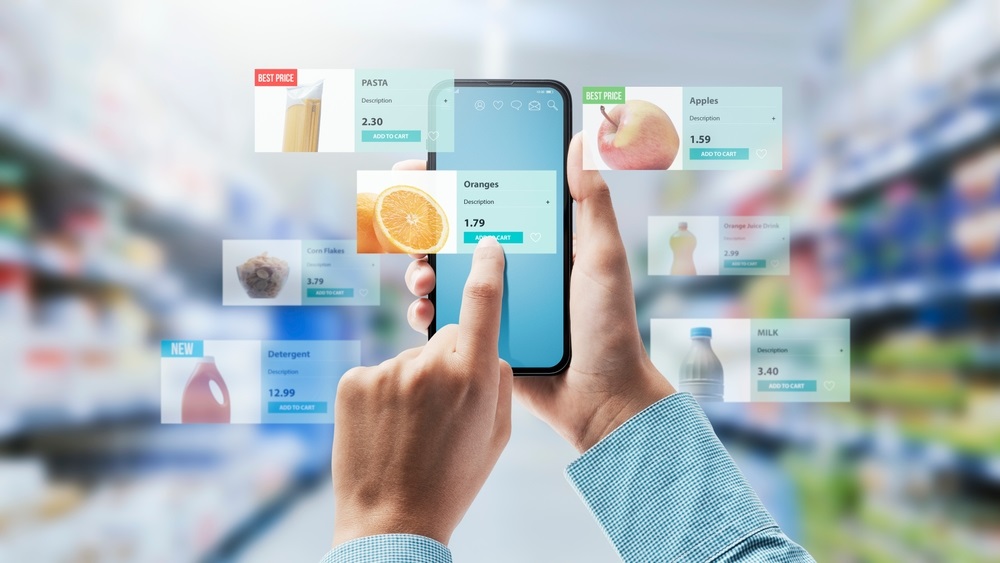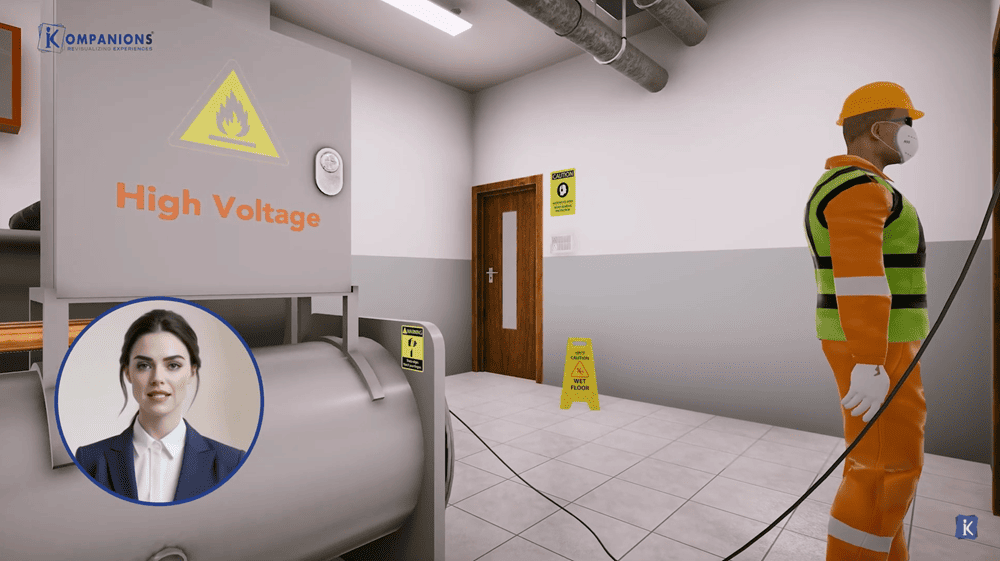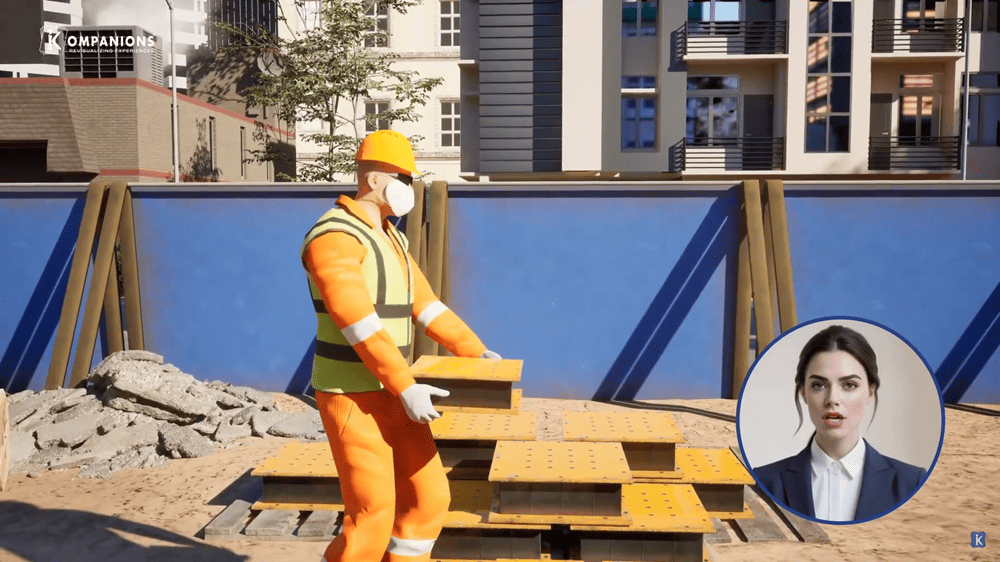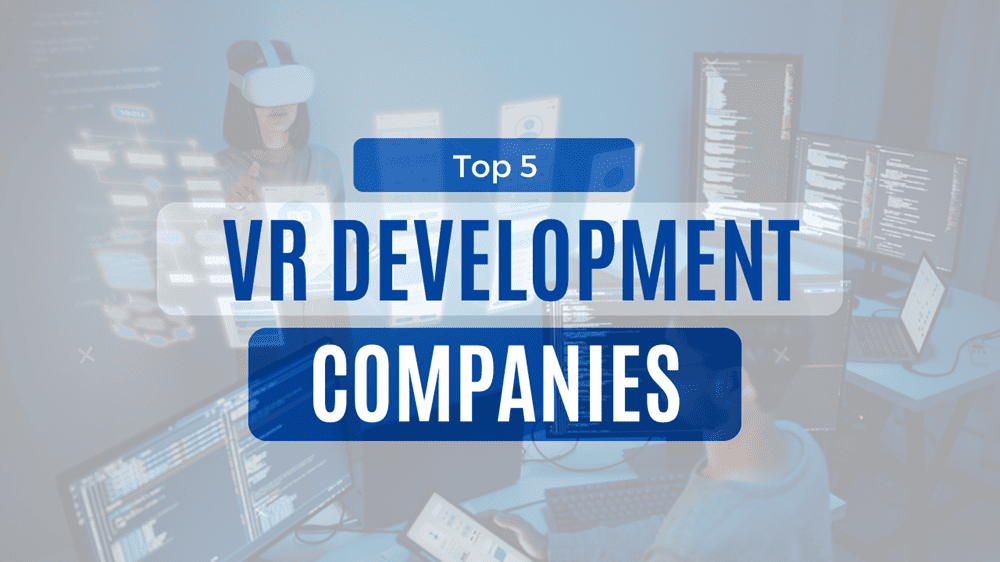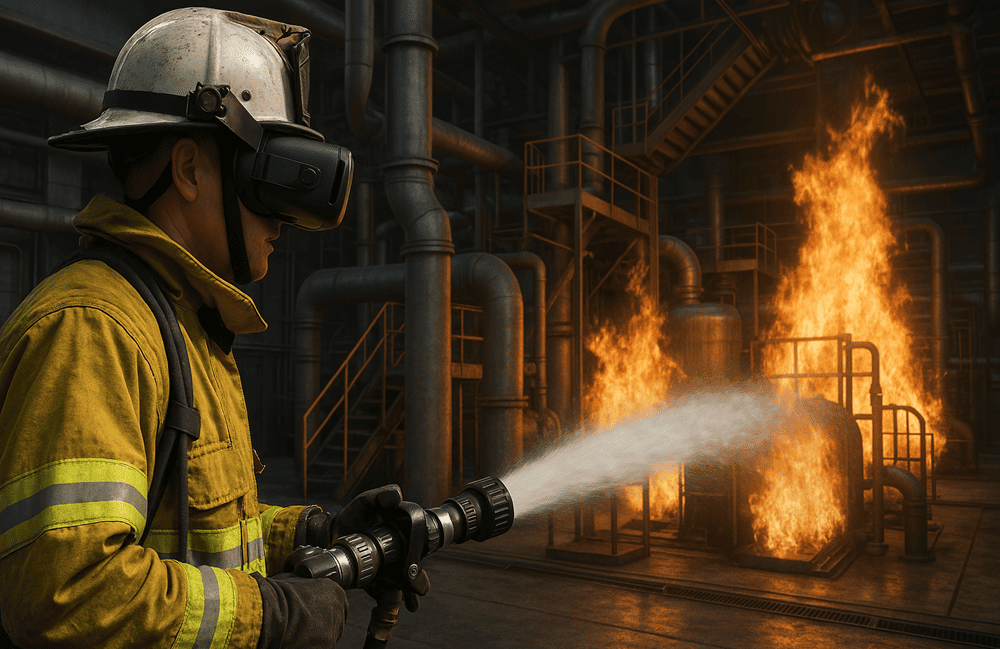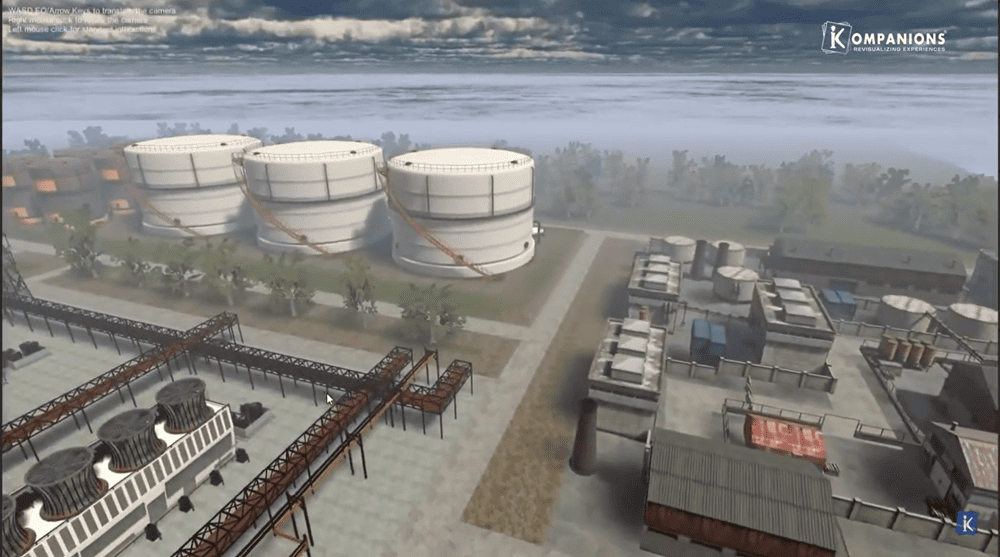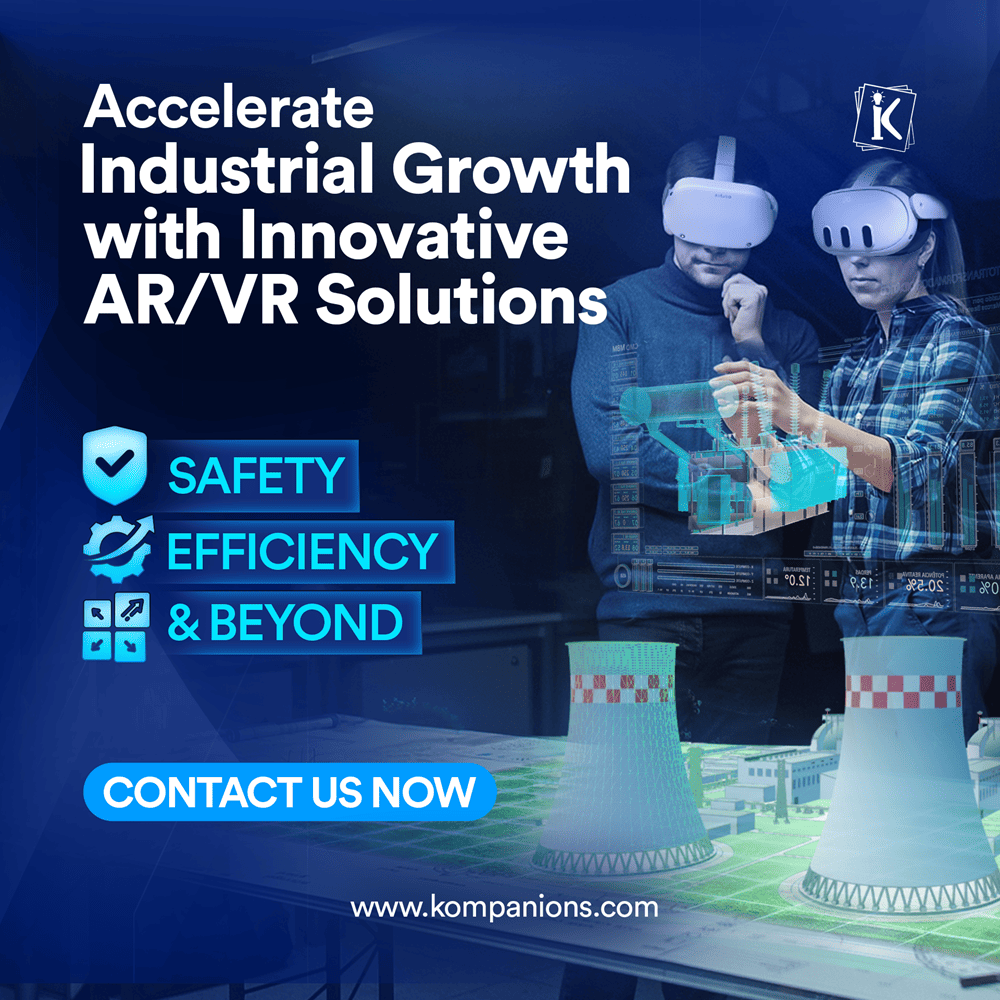AR in Retail: How Immersion Impacts Shopping and Sales
• The global market for VR and AR in retail will reach USD 1.6 billion by 2025.
• 94 percent higher conversion for AR-integrated products (Shopify)
• A 40% higher conversion rate with AR (Mobile Marketer)
With such a huge prospective market, the stakes for the retail business are too high not to adopt this technology.
The Retail Sector Overview:
The Retail Sector has much to gain from the application of Augmented Reality in the retail market. The primary question here is how and why. So, let’s delve a little deeper into the world of “Augmented Retail” and assess the use of Augmented Reality in the Retail Sector.
• The Indian Retail sector currently stands at USD 854 billion retail industry (Rs 63 lakh crore)
• Consumer retail is an essential part of the retail industry with a current estimated size of more than Rs.45 trillion of the current
• It is expected to witness a CAGR of over 10 percent in 2016-21 to reach a size of Rs.85 trillion by 2021.
Assimilating simulating technologies like Augmented Reality Shopping will drive the retailers forward on the growth trajectory.
Augmented Reality in the Retail Market
Augmented Reality has seen substantial growth in 2020 with companies like Microsoft, Apple (ARKit 4) Google (ARCore), and Facebook (Oculus VR) implementing and using AR-backed technologies to augment product performances.
The Retail Industry is harnessing the power of Augmented Reality to leverage and drive new shopping user experiences like virtual viewing and multi-trial options like try before you buy, try it and take it, try on without taking off, or see my fit - AR is completely transforming and spicing up the digital shopping experience with virtual storefronts.
The applications of AR in retail examples are increasing by the day.
Some experimental and tech brave brands that are A-listers in terms of connecting with tech-savvy customers and offering them novel ways of shopping include.
• ASOS - Virtual Catwalk
• John Lewis- Visualize Your Space
• L’Oréal - Try On
• PUMA - LQD Cell Origin Air
• Sephora- Virtual Artist
• Macy’s with Perch- An Amazing Place to Shop
• Ikea uses AR to project true to scale, 3D projections of furniture items to see how they would fit and look in the physical space helping better visualization and faster decision making.
• Lego launched sets that blend physical and virtual interplay. It has animated characters that are "alive" and play with the physical sets, taking the whole game experience to a new level.
• McDonalds has employed animation and story play methods to capture the interest and educate customers about their products.
Empowering Digital Storefronts:
Augmented Reality Retail Shopping is being employed as in-store navigation and product locator apps that superimpose directions to guide the user to the product area and inform them of any special schemes. ZARA showcased its new collection with a live runway using AR.
Spotlight: AR in Fashion Retail
The global virtual fitting room (VFR) market size is projected to reach USD 9.99 billion by 2027, exhibiting a CAGR of 20.1%. (Global Newswire)
Fashion-like technology will become data-driven to cater to the changing consumer trends and demands and drive purchases.
Augmented Reality is being harnessed by the fashion industry as the advanced technology offers the user the closest virtual experience of an in-store experience, enabling optimum brand positioning, boosting sales, and higher levels of customer engagement.
Leading fashion companies are also becoming more environmentally sustainable, by assimilating AR-based concepts like the JITGM (Just in time garments manufacturing) process.
The way ahead:
As per a study by Mobile Marketer, the statistics given below show the massive scope for implementing Augmented Reality in Retail. (Source: Mobilemarketer)
• 71% of consumers say they would shop more often if they used AR.
• $50B is the estimated AR Market value by 2024.
• 40% of consumers say they would pay more for a product that they could customize in AR
AR allows customers the experience to envisage and customize products in 3D, thereby personalizing it for them. Innovative customer experiences lead to increased satisfaction, sales, and post-sales experiences, thereby augmenting customer loyalty.
KOMPANIONS' expertise lies in creating customized and unmatched experiences that allow users to see the unseen and broaden their imaginations, thereby offering retailers solutions that can enhance brand loyalty, cost, and resource optimization, and boost sales and revenues.

